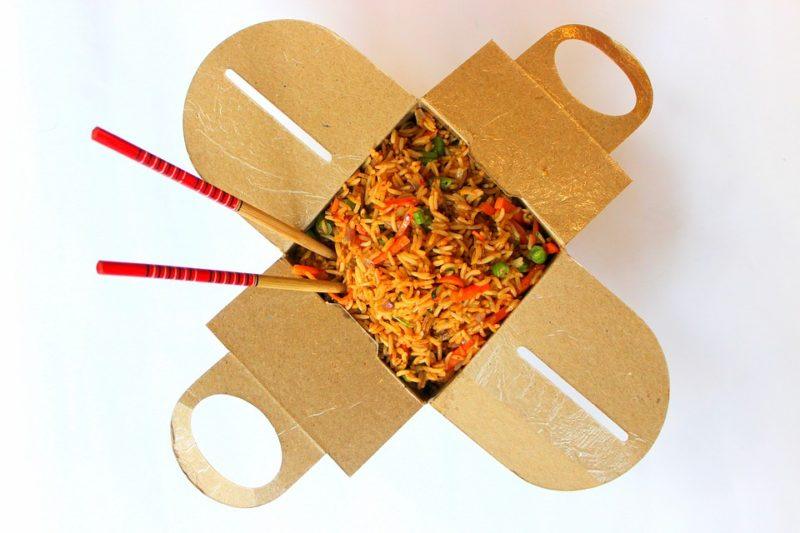The food delivery business is going through unprecedented change. Established chains and independent restaurants, as well as deliver-only services, are all aggressively trying to get a bite out of consumer wallets.
The market opportunity is enormous. Morgan Stanley Research points to a core addressable restaurant spend of $210 billion, of which online food delivery comprises only $10 billion — less than 5 percent. There is ample room for growth and chains are quickly trying to adapt to the growing consumer demand for speed, choice and value. This is similar in many ways to the e-commerce boom which has redefined the role of brick and mortar shops over the past decade.
Is delivery a must for restaurant chain’s growth?
The industry is ripe for change, and customer demand is at an all-time high when it comes to delivery. Everyone wants convenience and speed but also choice – not just pizzas any longer – and now it’s time for restaurant brands to assert their position and get some skin in the game by matching the delivery experience that was almost unique to pizza chains for decades.
According to a recent survey by UBS, sandwiches are behind only pizza and Chinese food in the list of cuisines that people like to order for delivery. Panera Bread which is one of our customers, had the foresight to seize this opportunity before other chains, and their investment and efforts to build out a delivery fleet have paid off, resulting in 10% same store sales growth for stores with delivery, and playing a factor in their recent acquisition. Similarly, McDonald’s recently announced their ambitious growth plans in the US, with deliveries at the heart of their 2017 strategy, while also turning more aggressively to digital technologies such as mobile ordering and payment.
Fast food chains like McDonald’s, Panera and Jack in the Box are rapidly moving forward to broaden the choice for customers while gaining market share in an environment fuelled by convenience and agility. While pizza and Chinese food are still the top choice when it comes to delivery in the US, other food chains – from sandwiches and salads to Italian and Indian food – have an amazing opportunity to grow their business by capitalizing on the rise in consumer demand for high quality, convenient food delivery.
Should we outsource or keep delivery in-house?
With most restaurant chains just now adding delivery services, many of them prefer to rely on third parties in order to avoid the headache and cost of managing their delivery logistics. As Morgan Stanley points out, relationships between aggregators and major chain restaurants haven’t fully formed, but the nature of those ties will shape the future of online food delivery. These partnerships could bring about a rapid increase online delivery and expand the market for both parties—an outcome Morgan Stanley sees as the most likely—but other outcomes are possible.
There is a clear upside to restaurant chains that invest in creating their own delivery fleet. Owning the supply chain all the way to the customer enables them to control the entire customer experience, leveraging their brand at every single touch-point (from the driver’s uniform through their attitude and all the way to the giveaways they distribute). Ultimately, this also helps them maintain healthy profit margins on their orders by not having to fork over a large portion of their revenues to their last-mile delivery partner.
While creating a driver team, a vehicle fleet and a delivery system may take significant time and resources, it is an investment that pays off in the long run with better profits. It’s also often the preferred customer choice – 76% of consumers surveyed in a recent UBS survey said that they prefer to order directly from the restaurant rather than through a third party like GrubHub.
So while brands like Dunkin Donuts and Jack in the Box have chosen to quickly scale their delivery efforts by partnering with DoorDash, it doesn’t mean that in the future they might not consider having their own delivery fleet – or using a hybrid version depending on the region.
Building brand equity through delivery
Restaurant chains need to take note of the enormous strategic efforts that Amazon has put into owning the entire supply chain, and for good reason, since the benefits of owning your supply chain extend beyond efficiency.
The customer-centric experience and the overall relationship that customers are able to form with your brand become much deeper. In addition, a whole new marketing channel opens up to promote and showcase your brand. All touchpoints – from the branding on vehicles and uniforms, to the promotional activities within the delivery packages – can be leveraged to create a deeper and more meaningful relationship between your brand and your customers.
While independent restaurants can greatly benefit from third-party services to reach a broader clientele beyond their establishments, bigger chains have to seriously consider the upside of managing their deliveries in-house as an investment strategy with great benefits that stretch far beyond efficiency.



